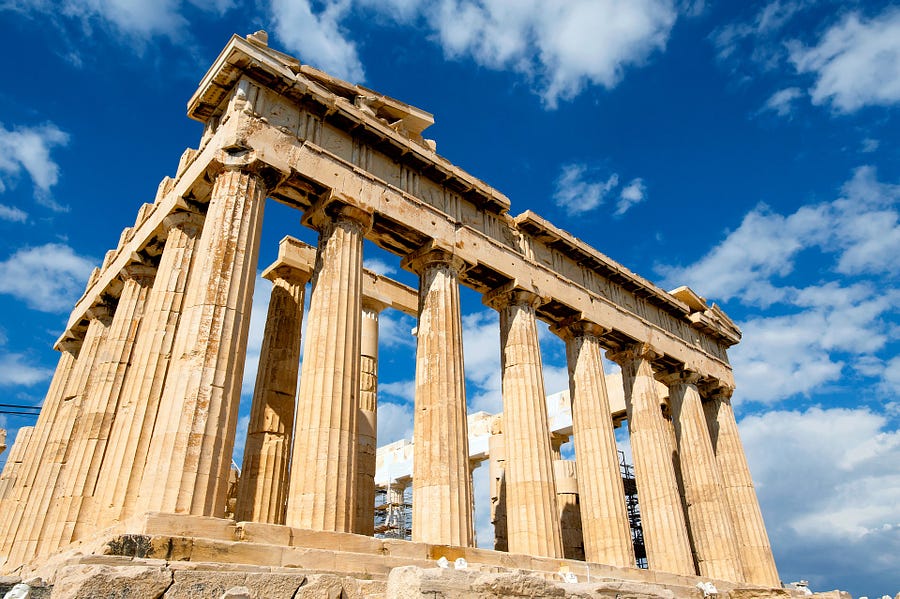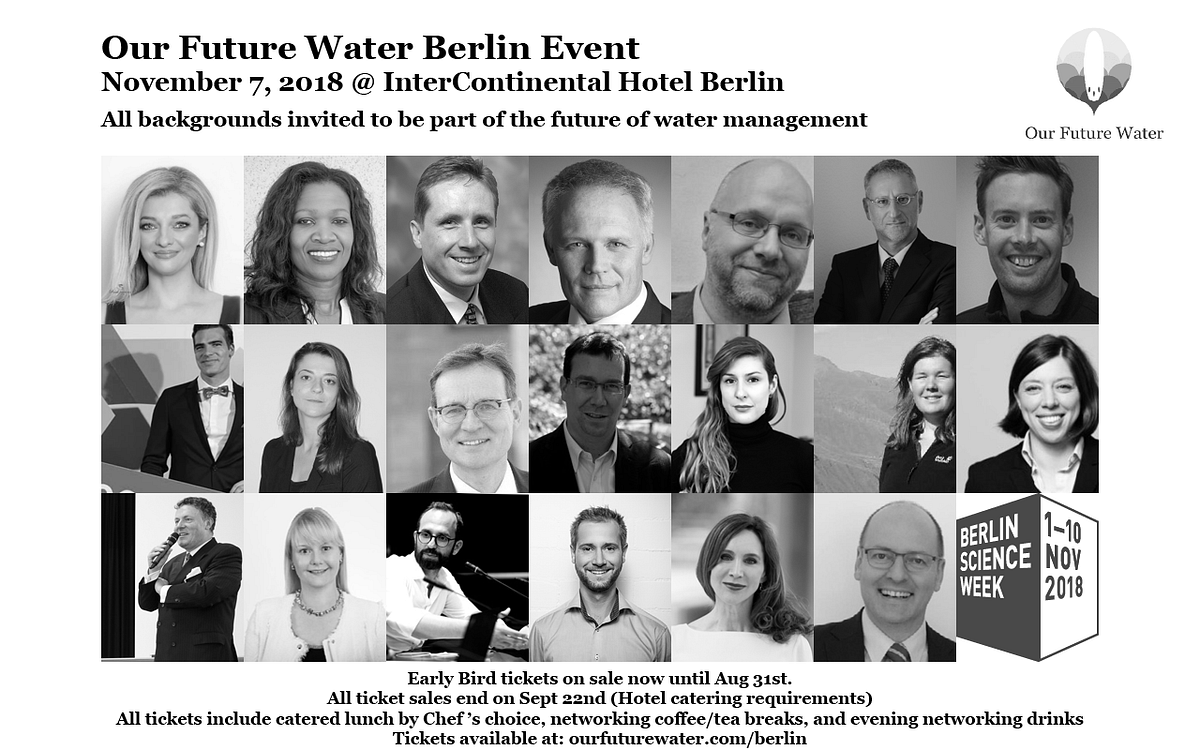The Water-Energy Nexus in Athens
Published on by Robert Brears, Founder of Our Future Water, Young Water Leaders, Mitidaption & Author (Springer Nature, Wiley) in Technology
Athens Water Supply and Sewerage Company (EYDAP) is the largest water utility in Greece providing services to 4.3 million customers. Read how EYDAP is reducing water-energy nexus pressures.
By Robert C. Brears*
EYDAP has launched an ambitious program of renewable energy utilization with the objective of contributing to the optimization of the energy balance across the country and society and exploring the possibility of expanding to new profitable business. The water utility’s involvement in energy can be grouped into the areas of hydropower, cogeneration of heat and power, solar energy, and energy reduction initiatives.

Hydropower
Along the aqueduct system that brings raw water into the Athens area for treatment there are existing energy dissipation works (small waterfalls along the aqueduct). EYDAP is in process of converting these energy dissipation works into energy production plants, therefore taking advantage of the aqueducts’ hydropower potential. These energy production plants consist of temporarily redirected water flowing through a turbine that converts the hydraulic energy potential into electricity by use of a generator. The water then rejoins the aqueduct at a lower elevation and continues its flow to the water treatment plant. To date, EYDAP has constructed six small hydropower plants along its aqueducts located in Kirfi (760 kW), Elikona (650 kW), Kartala Kihairona (1,200 kW), Mandra (630 kW), Evinos Dam (820 kW), and Klidi (590 kW).
Cogeneration
At Psyttalia Wastewater Treatment Plant, which receives 730,000 m³ of wastewater per day, biogas is captured to produce electricity and thermal energy at the Psyttalia heat and power cogeneration plants, with total wattage being 11.4 MWe and a thermal force of 17.3 MWth.
Solar energy
EYDAP has already licensed production for a photovoltaic power station that generates 1,971 MW on its premises of Aharnes. The contract will enable the selling of electricity to the Hellenic Electricity Officer. In addition, EYDAP is exploring the possibility of constructing smaller photovoltaic plants at other company locations.
Energy conservation
EYDAP has designed an intensive program of energy saving in buildings and facilities including energy inspections and energy saving advice. The utility is also undertaking preventative maintenance to achieve the best possible maintenance and extension of lifetime energy-intensive plant equipment to save energy. The overall aim of EYDAP is to save energy by maximizing the management of existing building equipment without making additional investments with excessive costs.
Multiple benefits
By developing renewable energy systems and undertaking energy conservation measures EYDAP is realizing multiple benefits including reduced greenhouse gas emissions, additional income from trading carbon rights or green certificates, and new employment opportunities.
The take-out
By embracing renewable energy and energy conservation, water utilities can reduce their greenhouse gas emissions and energy bills, all the while offering employment opportunities.
*Robert C. Brears is the author of Urban Water Security (Wiley), The Green Economy and the Water-Energy-Food Nexus (Palgrave Macmillan), Natural Resource Management and the Circular Economy (Palgrave Macmillan), and Blue and Green Cities (Palgrave Macmillan). He is Founder of Our Future Water, Mitidaption, and Mark and Focus.
· LinkedIn Groups: Our Future Water / Urban Water Security
· Twitter: Mitidaption / YoungH20Leader / Our Future Water
Attached link
https://medium.com/mark-and-focus/the-water-energy-nexus-in-athens-4c496ac778bbMedia
Taxonomy
- Energy
- Water-Energy Nexus
- Water-Energy-Food-Security
- Water & Energy Conservation
- Water Sector & Energy
- Energy
- Renewable Energy
- Alternative Eco Energy
- Renewable Energy Technologies
- Water Energy Storage
- Energy
- Renewable Energy
- Renewable Energy Power
- Renewable Water Resources
- Water-Energy-Food Security
